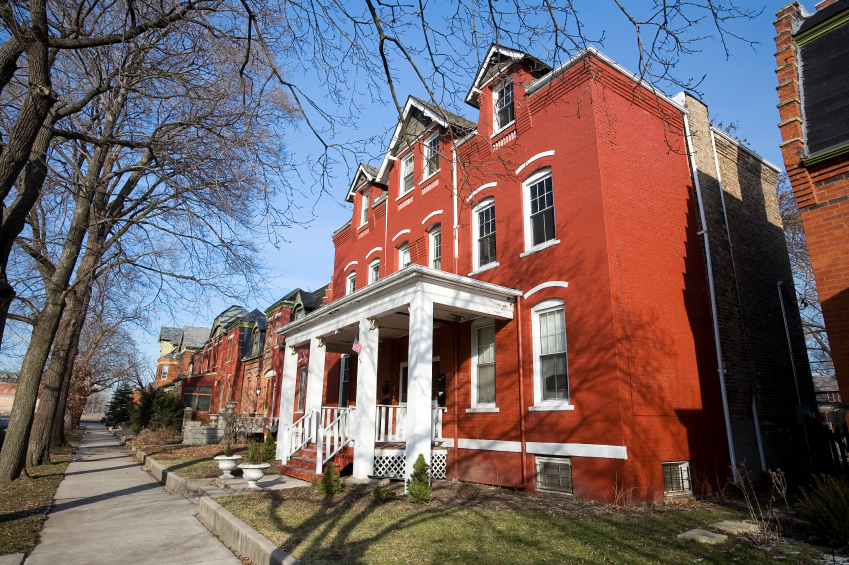Recently, President Obama has decided to designate the Pullman Historic District in Chicago as a national monument. The area will encompass the North and South Pullman neighborhoods, including the Clock tower Building, the old factory, Hotel Florence, Greenstone Church, the Market Square as well as over 100 historic row houses, according to the Chicago Tribune.
What is the Pullman district?
The town was a community available to the working class, attracting the most skilled workers that would thrive in a an environment that stimulated better health developed by George M Pullman, President of Pullmans Palace Car Company. It was a 4,000 acre tract selected to link Chicago in 1880 and the southern states by the Illinois Central Railroad.
Structures were made of brick, fashioned from clay found in Lake Calumet. This project was one of the first applications of industrial technology and mass production in the construction of a large-scale housing development.
According to the Historic Pullman Foundation, each dwelling was provided with gas, water and access to complete sanitary facilities. Maintenance was included in the cost of rent as well as daily garbage pickups; being voted one of the worlds most perfect industrial towns in 1896.
In 1881, the Hotel Florence, a part of the unique establishment, cost $100,000 to build, fixtures along with furniture was over $30,000. The original portion of the hotel had 50 sleeping rooms, a dining room, a billiard room, barber shop, separate men and women’s parlors and the only bar in Pullman. George Pullman had his own suite; a hotel of true elegance to entertain guests.
In 1975, when the Hotel Florence and all of its original furniture and fixtures was in jeopardy of being sold off at auction, the Foundation took action and, with the help of George Pullman’s grand-daughter, Florence Lowden Miller, was able to purchase the Hotel and all of its contents. Now, the hotel as well as the other dwellings will be protected and the State of Illinois will continue to own and operate the hotel.
How is property insurance handled with national landmarks?
Many begin with standard policies but have serious gaps. Many museums lack features that cover special collections. The National Trust for Historic Preservation has created a relationship with experts in the insurance industry protecting clients assets with the National Trust of Insurance Services.
Their goal is to assist you in securing a comprehensive policy that will consider a number of factors, including proper valuation of collections and historic property, coverage that pays for restoration, and replacement cost coverage for furnishings such as antiques, oriental rugs and fine arts
Not only is property handled differently for historic coverage, but lets say you decided to rent a venue such as the Abraham Lincoln President Library and Museum. You must present a certificate of insurance 30 days before the event date and the insurance must be with the commercial firm approved by the state. However, Illinois agencies and Federal government agencies do not have to provide proof of insurance. The policy must provide general public liability and property damage at a considerable cost.













